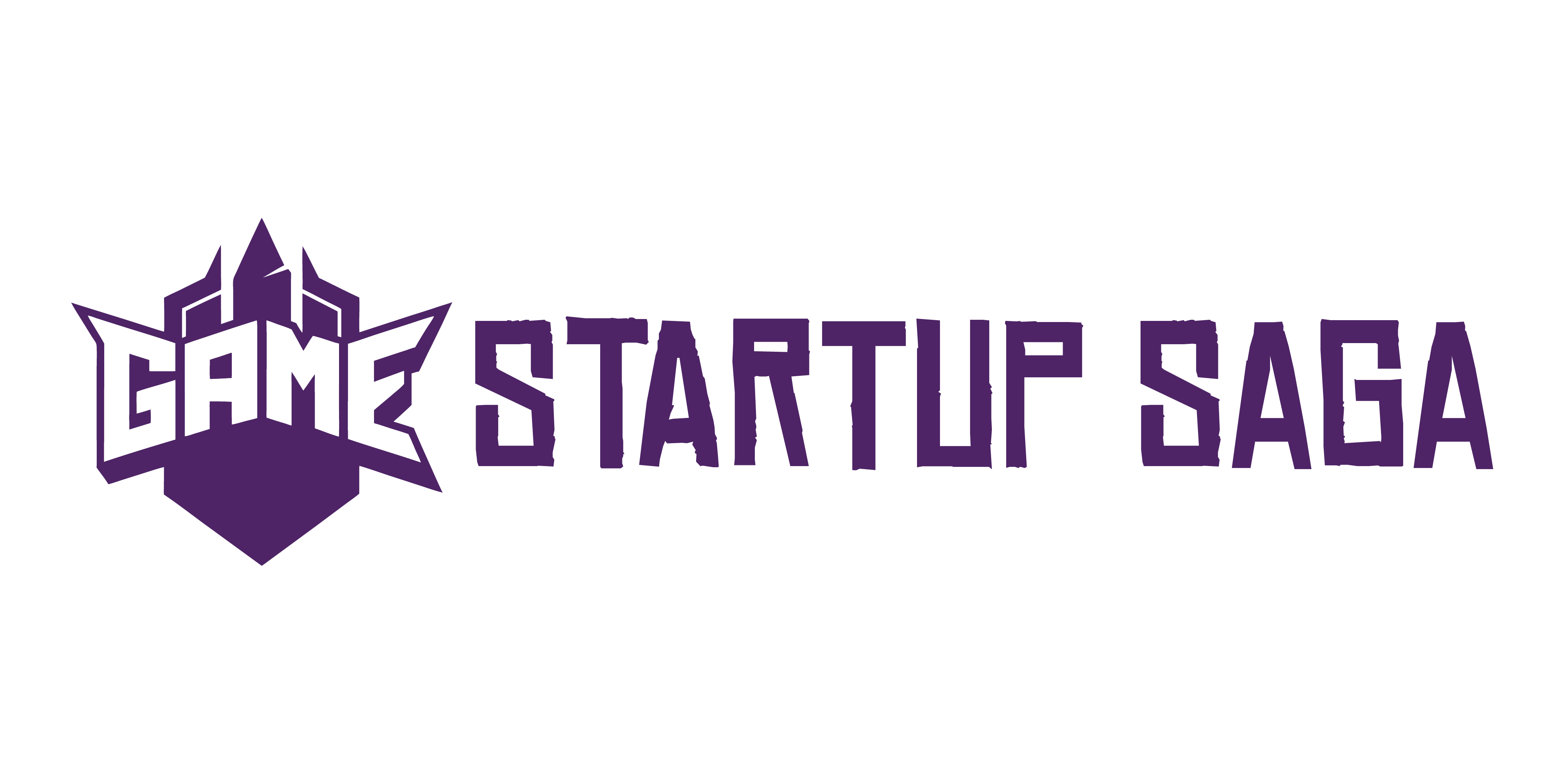The Power of a Simple Idea
Some of the most successful indie games didn’t launch with flashy graphics or hours of content. They started small—on purpose. Minimal scope gives small teams the breathing room to get the basics right. At the start, it’s not about scale. It’s about making the core mechanics fun. If moving the character doesn’t feel good or the game loop isn’t satisfying, no amount of polish will save it.
In those early days, simplicity becomes strategy. Projects like “Celeste” and “Loop Hero” began as game jam entries or small prototypes. Their creators focused completely on interaction and flow. Graphics were secondary. Art style evolved later. What mattered was getting something playable—a testable seed of fun.
Keeping things lean also avoids burnout. Small teams don’t have the bandwidth to build AAA features. But they do have the advantage of speed. With fewer distractions, decisions get made faster, feedback comes sooner, and bad ideas get cut early. It’s not about thinking small—it’s about starting focused.
That focus is often what unlocks big vision. When the fundamentals work, it’s easier to scale smart. You can layer in story, style, or systems—but only if the foundation holds.
Building the Right Team from Day One
Game development isn’t a solo mission—not if you want to ship anything meaningful. Most successful game startups in this space began with a founder who knew what they were great at and, just as importantly, what they weren’t. So they looked for collaborators who filled those blind spots. A programmer finds an artist. A designer finds someone obsessed with systems. It’s less about resumes, more about shared hunger and complementary strengths.
Early roles that mattered most? One person to keep the core vision on track. One to prototype and test without getting precious. And someone who could grind through bugs and friction without burning out. That doesn’t always map cleanly to job titles like ‘CTO’ or ‘Creative Director.’ These roles evolve, but the groundwork is about trust and execution.
Balancing creativity with technical proficiency wasn’t easy. Some teams leaned artistic and learned to code ugly but functional builds. Others were code-heavy and had to bring in contractors or friends to make it not look like a spreadsheet. The key: no one waited until it was perfect. The best teams built fast, talked often, and adjusted their roles as the game took shape.
Prototyping Fast, Testing Faster
Startups that stuck the landing didn’t spend years crafting a perfect build—they moved fast, tested rough concepts, and watched what actually held a player’s attention. Ideas were treated like hypotheses, not holy grails. The gap between “let’s try this” and “here’s what users think” was short—days or sometimes hours, not months. That speed bred insights that slow and overly polished cycles just don’t uncover.
Polish paralysis—the endless quest for perfect art, perfect balance, perfect UI—killed more great ideas than bad code. Early releases often looked wonky, but they played well. And players cared more about fun than finesse. Those first dozen testers? They weren’t just users—they were co-designers, pointing out what was engaging and what wasn’t.
Take the story of PixelLab’s first dungeon crawler. Their first prototype was buggy and borderline unplayable. But one weird combo mechanic—rolling and spell-chaining—lit up testers. So the devs doubled down on that and ditched half the original design. Result? A core mechanic that later became their signature.
Bottom line: rapid feedback loops meant even the failures weren’t wasted. They became fuel for smarter decisions. The faster teams failed, the faster they built something players actually wanted.
Navigating the Indie Game Funding Maze
Every indie game starts with one burning question: how do we pay for this? For most small teams, it comes down to a choice between bootstrapping and external funding. Bootstrapping means stretching every dollar. You build around what you already know, use free tools, and delay non-essential spending. It’s slow, but you’re in full control—no one else’s expectations, no diluted vision. Plenty of today’s best-loved titles were built out of personal savings and elbow grease.
Pitching to investors, on the other hand, isn’t evil—it’s strategic. But it comes with strings. You need a crystal-clear pitch deck, real traction, and a roadmap that balances vision with ROI. Some startups thrive with early-stage VC money or accelerator support. Others regret taking checks too early and pivoting for the wrong reasons.
Then there’s crowdfunding—a tightrope. Done right (think: great trailer, honest budget breakdown, real community), it can build both capital and an audience. Done wrong? You overpromise, miss timelines, and burn trust before launch day. Backers aren’t just donors; they’re future evangelists.
Some indie teams sidestep the money grind with creative partnerships. A smart licensing deal. A publisher willing to bet on your prototype. A revenue split with a platform looking for fresh stories. These moves usually mean giving up a slice of autonomy, but they can unlock doors solo teams can’t push open alone.
There’s no single path here. The takeaway? Know your risk tolerance, understand the trade-offs—and make sure whoever helps fund the dream doesn’t try to rewrite the story.
Community First, Marketing Second
Before their games ever hit a store page, smart indie devs were already building something else: community. The idea was simple—talk to players early, and keep talking to them. Be transparent. Be present. Discord became the digital campfire. Reddit threads turned into built-in feedback funnels. TikTok let developers show off raw builds, quick wins, and even bugs—all in formats that felt real and relatable, not overly polished.
This wasn’t about inflating follower counts. It was about earning trust. In some cases, a single viral devlog clip sparked thousands of signups for a mailing list or a demo waitlist. In others, tight-knit Discord groups started shaping game mechanics before the alpha was even stable.
By launch day, these devs weren’t throwing their game into the void. They had hype, yes—but more importantly, they had people rooting for them. It’s no coincidence that the teams who prioritized early engagement often saw better conversions, better retention, and fewer surprises when the game finally dropped.
In 2024, this isn’t optional. If you want players to care later, involve them sooner.
Scaling Without Burning Out
Building a successful game is only half the battle. Sustaining that success—without burning out your team or losing creative momentum—is where many startups falter. Scaling smart is about balance: expanding carefully, managing expectations, and resisting the urge to grow before you’re ready.
Version 1.0 vs. the Road Ahead
Reaching a 1.0 release is a major milestone, but it’s rarely the finish line. Founders need to remain flexible and avoid overpromising beyond that first launch.
- Treat version 1.0 as the foundation, not the final product
- Collect post-launch feedback and prioritize critical improvements
- Stay transparent with your community about updates, fixes, and timelines
Hire Like You Mean It (but Not Too Fast)
As momentum builds, it’s tempting to staff up quickly. But hiring too many people too soon can introduce friction, inflate costs, and slow progress.
- Focus on core hires that unlock progress (e.g., engineering, community management)
- Build around strengths and plug gaps, don’t duplicate roles
- Consider contractors or part-time contributors before committing to full-time roles
The High Cost of Growing Too Fast
Some teams that found early success expanded rapidly—only to struggle later with scope creep, misalignment, or cultural clashes. Startups that scaled sustainably did so because they resisted that rush.
- Growth should match demand, not ego
- Maintain your original vision while adapting to new realities
- Protect the team’s creative energy—burnout leads to breakdowns
Founders who scale responsibly preserve not only the health of their teams but also the promise of their projects. The goal isn’t to grow fast—it’s to grow with purpose.
Industry Takeaways: What Other Founders Can Learn
Across wildly different teams—ranging from two-person passion projects to scrappy studios with a dozen devs—certain strategies came up again and again. Building a playable prototype early was key. Not polished. Not pretty. Just something that proves the core mechanic is fun. Teams that did this could test faster, pivot earlier, and pitch with confidence. They also ruthlessly scoped down. If it couldn’t be built in a few months, it didn’t make the cut.
When resources were tight—and they always were—top founders focused on momentum over perfection. They prioritized community feedback, not feature bloat. They concentrated on delivering one thing really well, instead of a dozen half-baked game systems. And they were honest about what they weren’t good at. That meant hiring slowly and deliberately, only when bottlenecks got in the way of shipping.
The biggest shift, though, wasn’t tactical. It was mental. Founders who made it didn’t treat their projects like weekend hobbies. They made real schedules. They scoped toward sustainability. They didn’t chase virality—they built for consistency. Thinking like a business, instead of just building something cool, made the difference. If you want your game to succeed, act like it’s already a company—even if your office is still the corner of your bedroom.
Bonus Insight: Behind the Breakthroughs
Sometimes, the real story isn’t just in the release—it’s in the journey. Want to understand how today’s top indie titles evolved from napkin sketches to chart-topping games? We’ve got you covered.
Go Beyond the Headlines
Breakthrough games aren’t just built on great ideas—they’re shaped by countless tests, personal risks, and lessons learned in real time. This companion feature pulls back the curtain to reveal:
- The early obstacles founders didn’t expect
- How teams pivoted when initial ideas flopped
- Unexpected sources of inspiration that shaped final products
Real Stories from the Frontlines
You’ll hear directly from game creators who:
- Left stable jobs to bet on their concept
- Built prototypes while working other gigs
- Turned failures into new game mechanics that defined their titles
These stories aren’t polished press releases—they’re raw, practical, and deeply motivating for any game dev walking the path from idea to launch.
Read the Full Feature
Follow their behind-the-scenes journeys here: Behind the Scenes with Breakthrough Game Creators
This companion piece is your backstage pass to the emotional highs, technical pivots, and personal grit that power indie game success stories. Whether you’re just starting or deep in development, their insights can help guide your next move.
Final Thoughts: Creativity Backed by Grit
Game development isn’t a straight path, and for startups, that road can feel especially chaotic. Still, the teams that thrive are the ones who adapt, stay focused on users, and keep moving forward—despite setbacks or slow traction.
No Such Thing as a Perfect Roadmap
- Game development is inherently nonlinear.
- Even well-funded studios revise, restart, or completely scrap ideas.
- Startups must embrace flexibility while staying anchored to their core vision.
“Expect pivots” shouldn’t sound like failure—it’s a survival skill.
Persistence Pays Off
Success rarely happens overnight. The difference between abandoned projects and breakout titles often comes down to showing up repeatedly, refining painful feedback, and iterating through doubt.
- Build consistency into your workflow.
- Focus on real signals—not vanity metrics.
- Hold your vision loosely, but your effort tightly.
Listen More Than You Launch
Your first users are your clearest compass.
- Startups that grow fast listen harder than they hype.
- Even a tiny beta group will surface critical insights—if you’re paying attention.
- Integrate community feedback into your iterations without diluting your voice.
Keep Building—Especially When It’s Quiet
One of the hardest truths: you’ll release things that barely move the needle.
- Don’t confuse low visibility with low value.
- Keep showing up. Consistency compounds.
- Your audience often finds you when you least expect it—but only if you’re still creating.
The bottom line: startups that succeed in game development pair creativity with grit. They adapt, they listen, and most of all, they endure.




